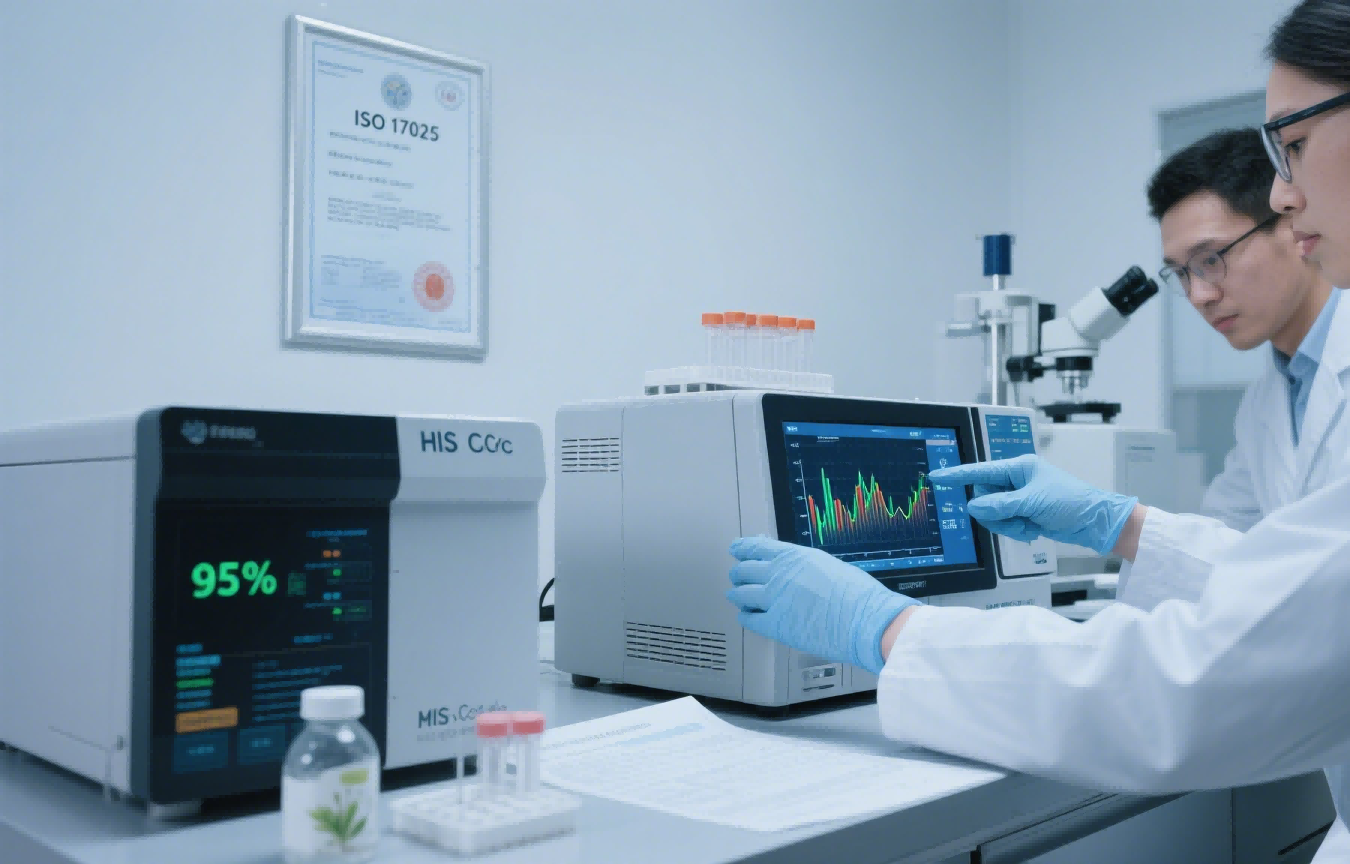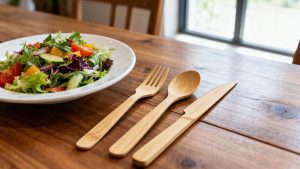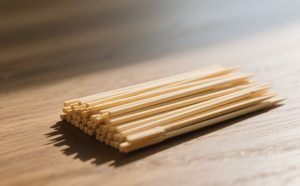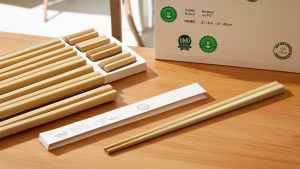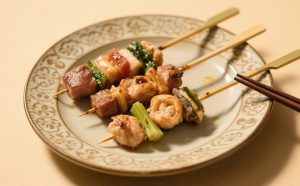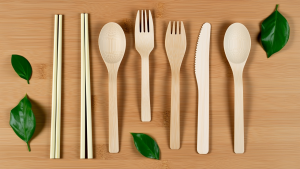Disposable chopsticks come in various materials, each offering unique benefits for food service businesses - from traditional bamboo to innovative plant fiber composites.
GB/T 24398 standard recognizes three main categories: bamboo fiber (most common), wood fiber (economic choice), and agricultural crop fiber (eco-innovation) 1. All must comply with GB 9685 additive safety regulations 3 for food contact use.
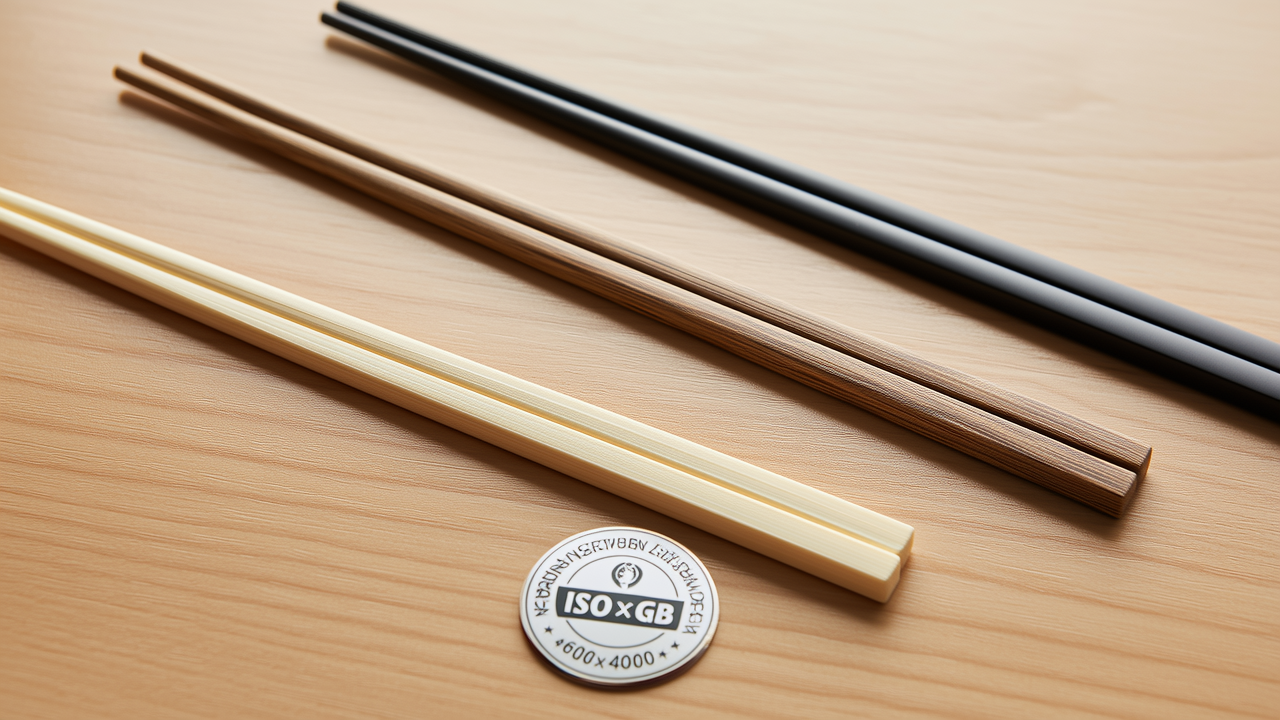 Understanding material differences requires examining four key aspects: composition, production standards, performance, and environmental impact.
Understanding material differences requires examining four key aspects: composition, production standards, performance, and environmental impact.
Why Is Bamboo the Most Popular Material for Disposable Chopsticks?
Bamboo dominates 78% of the disposable chopstick market due to its perfect balance of strength, renewability, and cost-effectiveness. Bamboo fiber chopsticks (GB/T 24398 3.3) 1 offer superior tensile strength (3x wood) while growing 30x faster than trees. Their natural antimicrobial properties reduce sterilization costs 3.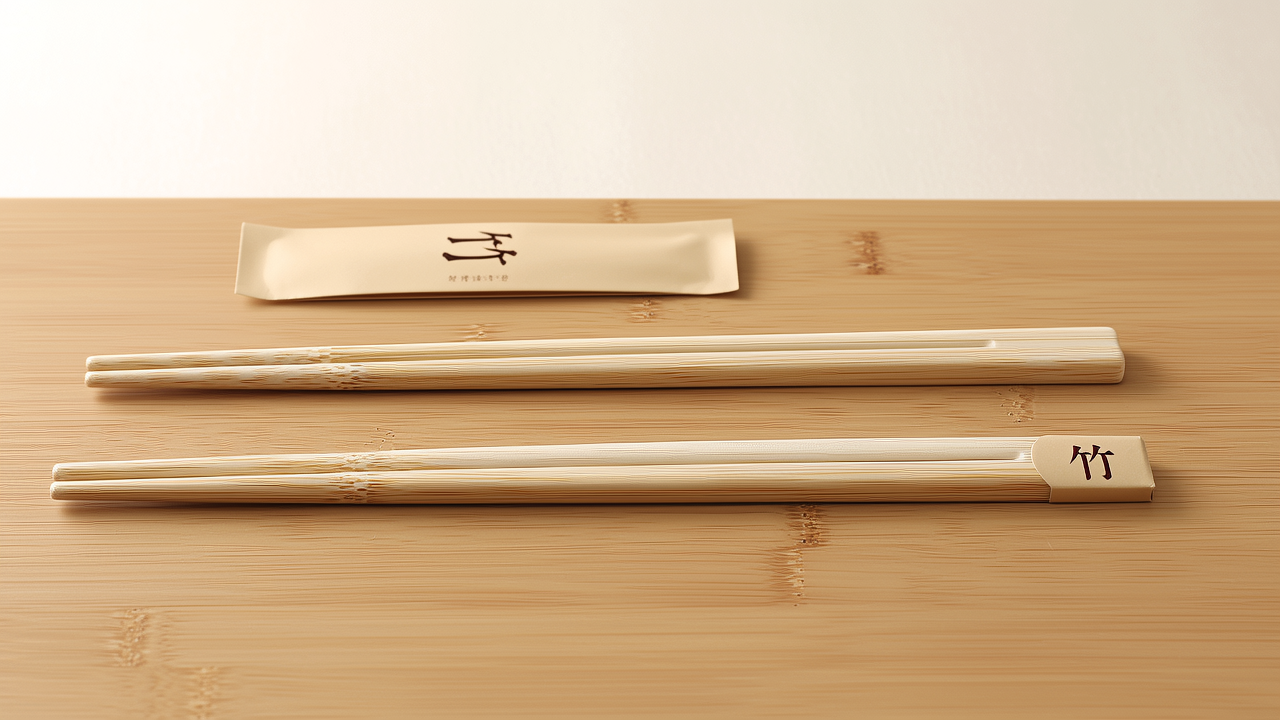
Bamboo Advantages Comparison:
| Feature | Bamboo | Wood | Crop Fiber |
|---|---|---|---|
| Growth Cycle | 4-6 years 1 | 10-20 years | 1 season |
| Breakage Rate | 5% | 12% | 18% |
| Moisture Absorption | Low | Medium | High |
| GB Standard | 24398 3.3 1 | 24398 3.4 1 | 24398 3.2 1 |
| Price (USD/1000) | $8-12 | $6-10 | $15-20 |
How Are Disposable Chopsticks Sterilized Before Packaging?
Modern sterilization combines traditional methods with high-tech validation - critical as microbial standards ban even single pathogen detection (GB 14934) 4. Primary methods include sulfur fumigation (GB 3150 compliant 3), UV irradiation, and steam sterilization - all must achieve ≤50 cfu/g mold counts 4 with zero pathogenic bacteria.Sterilization Process Flow:
- Pre-Treatment
- Primary Sterilization
- Final Sanitation
- Quality Control
How to Ensure the Quality and Safety of Disposable Chopsticks?
63% of chopstick quality failures stem from unchecked moisture - making strict adherence to GB standards non-negotiable. Key checks include verifying ≤10% moisture content 4, smooth finish (no splinters per 4.1.3a 3), and food-grade material certificates (GB 9685 compliance 3). Avoid suppliers using fluorescent whiteners 3.Quality Assurance Protocol:
Raw Material Inspection- Age verification: 4-6 year bamboo only 1
- Reject materials with:
- Drying validation (6-10% moisture 4)
- Dimensional checks (±2.0mm length tolerance 4)
- Surface smoothness testing
- Microbial:
- Physical:
- Chemical:
- GB 4806.1 (food contact safety)
- GB 19305 (hygiene standard)


